Afghanistan’s year under the Taliban has been grim. The country went into economic collapse with the Taliban takeover and U.S. troop withdrawal last August, as aid dried up, sanctions against the Taliban went into effect, and a regime lacking international recognition meant Afghanistan’s central bank reserves held abroad were frozen. The country’s liquidity evaporated, its currency nosedived, inflation rose, and people lost jobs, all in turn triggering a massive humanitarian crisis.
As Afghanistan faded from the headlines after those chaotic weeks last August, its population faced starvation, its children malnourishment. Aid officials warned of a catastrophic winter. Aid organizations worried about running afoul of sanctions even for humanitarian assistance; in December, the U.S. Treasury granted workarounds so that the delivery of money for humanitarian purposes became easier. The U.S. has given more than $1.1 billion in humanitarian aid to Afghanistan over the last year; the U.N. launched its largest ever appeal for a single country for Afghanistan — more than $5 billion — in March, raising about half that amount. In the end, the worst of the humanitarian crisis in the winter was held off with such assistance — but some 19 million people — half of the population — still face acute food insecurity. Ultimately, an indefinite provision of humanitarian aid is not a sustainable equilibrium for Afghans. They need a functioning economy.
The rights situation, too, is abysmal, especially for women and girls: Girls have been denied a secondary education by the Taliban since last August, their dreams and ambitions undone; women are segregated in the workplace, largely removed from the public sphere, forced to cover themselves up, their movements requiring a male chaperone. There have been reports of revenge killings and kidnappings for those who worked as part of the republic, including security forces; journalists have been taken into custody and beaten up.
A predictable crisis
None of this was unexpected with a Taliban takeover. Anyone who had studied the group’s behavior when it was first in power knew that any hopes for Taliban moderation were a pipe dream. Yet the central promise of both former U.S. President Donald Trump’s and U.S. President Joe Biden’s administrations around the withdrawal was that we would have leverage with economic tools, in terms of sanctions and cutting off aid, that we could use to get the Taliban to moderate — or at least to compromise on rights concerns — if it took over. It’s clear, a year after the withdrawal, that that promised economic leverage has not worked; in fact, it doesn’t really exist. No amount of presumed Western “pressure” on the Taliban has changed its policy. Nor for that matter, has any pressure from Muslim countries, including Pakistan, which has had a long relationship with the Taliban. (The Taliban for its part has conveniently blamed the West for Afghanistan’s economic troubles.)
The Taliban are still the fundamentalist group they were when they were first in power, from 1996 to 2001. In any decision of significance, whether on girls’ schooling to freedom of movement, it is the hardline faction of the group, the leadership in Kandahar, that wins out.
How U.S. policymakers are trying to improve the situation
The Biden administration has engaged with the Taliban over the last year to try to figure out a way to improve the situation for Afghans without benefiting the Taliban. The policy approach has been reactive and hence delayed — as with the U.S. Treasury workaround on sanctions, and the move on September 14 to create an “Afghan Fund” based at the Bank of International Settlements in Switzerland that will house half of the $7 billion in frozen Afghan central bank reserves (half is being held for litigation claims by the families of victims of the September 11 attacks). The fund’s charge is to “help mitigate the economic challenges” facing Afghanistan; the idea, if it works, is that it will be able to restore some measure of liquidity to the Afghan economy and shore up its currency. Liquidity will ensure, for example, that Afghan teachers and health care workers, already working, can get paid; shoring up the value of the currency can in turn reduce inflation. It’s an unusual arrangement with a board of trustees consisting of two Afghan economic experts, one U.S. government official, and a Swiss official; there’s a real question as to whether it can work. The Taliban have already rejected it.
The U.S. government has also said that it will not return funds directly to the Afghan central bank until it can “demonstrate political independence from the Taliban, implement anti-money-laundering guidelines, and add a third-party monitor.” Its attempts to have the Taliban accept those conditions have not worked — hence the notion of the Afghan Fund.
The creation of the Afghan Fund (assuming it works) is an important step forward, and the culmination of a lot of hard work by the State Department to try to find a workable solution to its Afghanistan conundrum. Restoring liquidity to Afghanistan’s economy is the right thing to do. But as with all Afghan policy since the withdrawal, is it too little, too late?
Faulty assumptions, and a flawed U.S. policy
The approach the Biden administration has taken to Afghanistan belies a first assumption that negotiations with the Taliban might be able to work, and seems to start off with that premise. Workarounds have been found only after it became obvious that sanctions are here to stay (because the Taliban refuse to moderate their policies) or after it became clear that there is not a feasible way to ensure the central bank is functioning independently of the Taliban. Afghans have paid a heavy price – literally going hungry – given those delays in U.S. policy.
In retrospect, nothing about the current moment was too difficult to predict. One can go back to the Trump administration’s Doha agreement, signed in February 2020, and realize its terms, which required nothing of the Taliban and gave them so much in return, were really those of surrender. The Taliban and the Afghan government were then supposed to negotiate in good faith, to come to some sort of power-sharing arrangement. Neither had any real interest in doing that, the Afghan government believing we would never leave, and the Taliban simply running out the clock while taking over militarily. We warned the Taliban that a military takeover would result in them becoming a pariah; to no avail. The Afghan war, in the end, had no solution. The war against the Taliban was not winnable, but the narrative of the withdrawal — the premise that we would have workable leverage over the Taliban, or be able to exert meaningful pressure — has proven equally false.
The Doha deal, the fall of Kabul to the Taliban, the madness of those final weeks of the withdrawal, all failures in turn, pointed at the year that was to come. One wonders why the U.S. government was not more clear-eyed about it, and better prepared for it. A more proactive policy approach to Afghans’ economic troubles — for instance, taking steps to give their economy liquidity sooner, without benefiting the Taliban — could have alleviated the plight of ordinary Afghans over the last year. They are already suffering under a regime they did not choose.
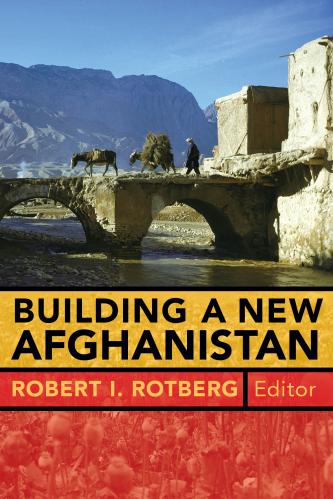


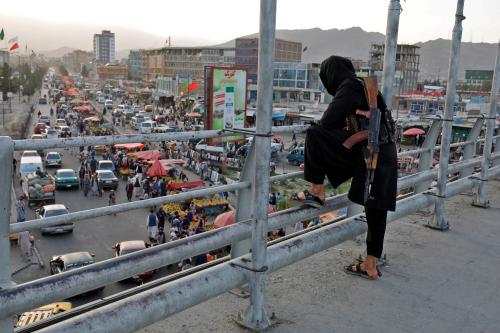
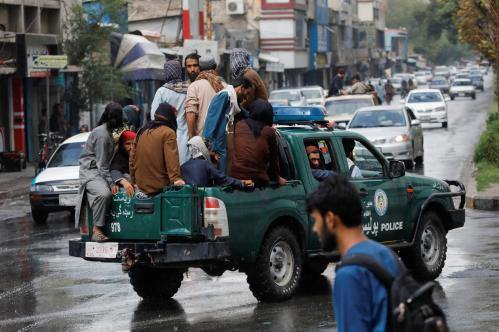

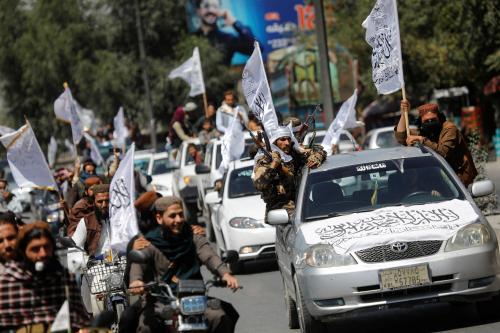
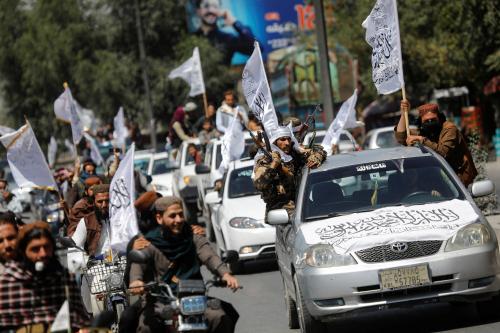
Commentary
Has US policy toward Taliban-ruled Afghanistan failed Afghans?
September 29, 2022